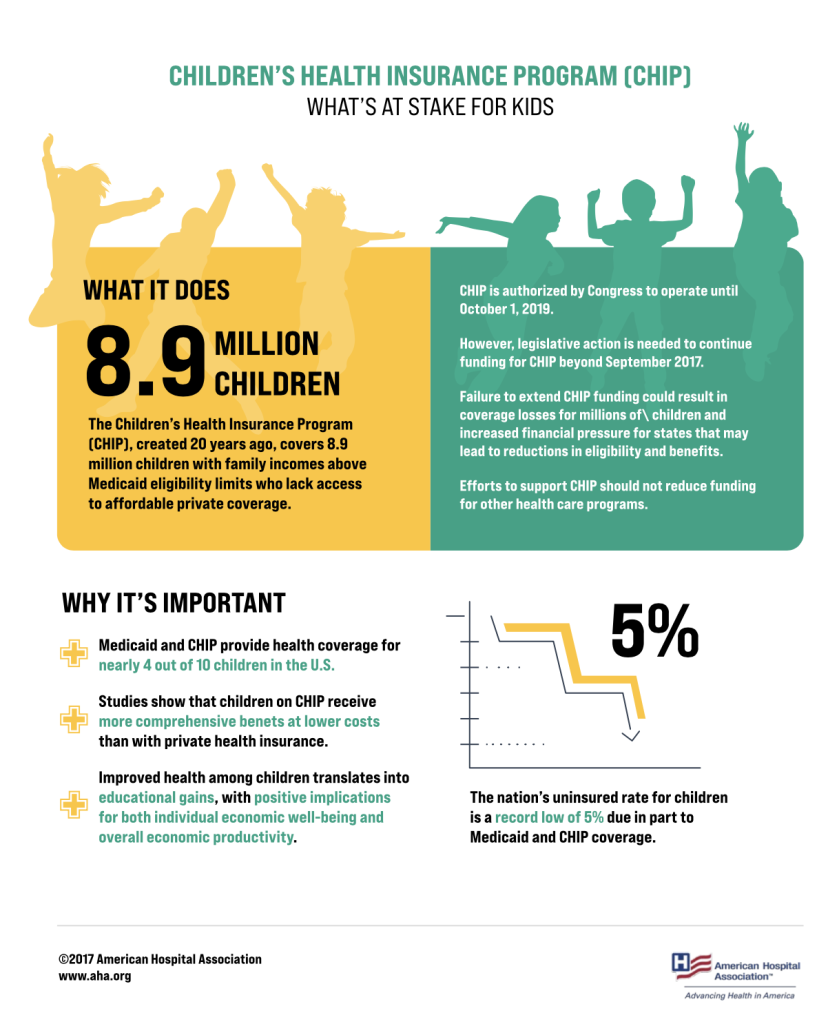Introduction
The child tax credit is a wonderful incentive meant to provide some financial relief from the increasingly expensive task of raising children. This is a tax break that will apply when you file your taxes each year with the IRS, and will result in either a tax refund or a lowering on the amount you are due to pay the government in taxes, depending on your current tax bracket.
This credit is part of the American Rescue Plan put forth by the White House, and is reportedly providing financial relief to families at a level that has been unmatched previously. [1]
How Much Can You Get Back?
The good news is, the government recognizes that the cost of child rearing is growing every year, and has responded accordingly. We’ve seen increases in this benefit several times over the years, with the last increase taking place for the year 2024, with a jump from a standard $2,000 per young child to $3,600 per young child. Currently, parents can expect to receive an approximate $3,600 back for each child under the age of 6 years old, and $3,000 for each child aged 6 to 17. [2]
One of the most widely appealing aspects of this plan is that it is not narrow in scope—so many families are looked after under this umbrella legislation, not just those operating below the poverty line. The full tax credit is awarded to all working families if they make up to $150,000 annually in a two parent household, or if they bring in up to $112,500 a year in a single parent household.
But What If I Don’t File A Tax Return?
Some people are not earning enough each year to require them to submit a tax filing. But that doesn’t mean they will miss out on this financial benefit if they have children in the eligible age range. Working with the non-profit group Code for America, the government created a sign up tool designed for so-called “non-filers,” which is available for use on a computer or mobile phone and is also available in Spanish.

By applying, you can receive monthly payments of an estimated $200 to $360 per child. To receive this benefit, you must sign up by November 15, however. If you miss the deadline but are still eligible to receive this benefit, you can still gain access to the entire $3,600 amount by filing your taxes the following year.
You can access the online form for non-filers by visiting www.getctc.org/en
How This Plan Helps
You might be surprised to learn that more than 90 percent of families with eligible children will receive this tax credit, with the average amount each family receives topping more than $4,800 a year. [3] Moreover, the plan works so that lower income families receive similar compensation to middle and higher income families, which is a change to how the program previously worked.
And lower income families will also receive this benefit, even if they are not working, due to inability to find employment or some other barrier to work, like a disability or medical needs.
It is estimated that some of these changes will go so far as to alter the number of children living in poverty from 13.7 percent to 11.3 percent, with experts saying the total percentage of children living in poverty will decrease to 6.5 percent, cutting the current figure in half. [3]
All in all, the Child Tax Credit is an aggressive action aimed at bettering not just the lives of American children, but also the parents and care givers working hard to raise them.
Sources
- [1] The Child Tax Credit | The White House
- [2] How the expanded 2021 child tax credit can help your family | Internal Revenue Service (irs.gov)
- [3] The Child Tax Credit Grows Up To Lift Millions Of Children Out Of Poverty (forbes.com)
Introduction
The child tax credit is a wonderful incentive meant to provide some financial relief from the increasingly expensive task of raising children. This is a tax break that will apply when you file your taxes each year with the IRS, and will result in either a tax refund or a lowering on the amount you are due to pay the government in taxes, depending on your current tax bracket.
This credit is part of the American Rescue Plan put forth by the White House, and is reportedly providing financial relief to families at a level that has been unmatched previously. [1]
How Much Can You Get Back?
The good news is, the government recognizes that the cost of child rearing is growing every year, and has responded accordingly. We’ve seen increases in this benefit several times over the years, with the last increase taking place for the year 2024, with a jump from a standard $2,000 per young child to $3,600 per young child. Currently, parents can expect to receive an approximate $3,600 back for each child under the age of 6 years old, and $3,000 for each child aged 6 to 17. [2]
One of the most widely appealing aspects of this plan is that it is not narrow in scope—so many families are looked after under this umbrella legislation, not just those operating below the poverty line. The full tax credit is awarded to all working families if they make up to $150,000 annually in a two parent household, or if they bring in up to $112,500 a year in a single parent household.
But What If I Don’t File A Tax Return?
Some people are not earning enough each year to require them to submit a tax filing. But that doesn’t mean they will miss out on this financial benefit if they have children in the eligible age range. Working with the non-profit group Code for America, the government created a sign up tool designed for so-called “non-filers,” which is available for use on a computer or mobile phone and is also available in Spanish.

By applying, you can receive monthly payments of an estimated $200 to $360 per child. To receive this benefit, you must sign up by November 15, however. If you miss the deadline but are still eligible to receive this benefit, you can still gain access to the entire $3,600 amount by filing your taxes the following year.
You can access the online form for non-filers by visiting www.getctc.org/en
How This Plan Helps
You might be surprised to learn that more than 90 percent of families with eligible children will receive this tax credit, with the average amount each family receives topping more than $4,800 a year. [3] Moreover, the plan works so that lower income families receive similar compensation to middle and higher income families, which is a change to how the program previously worked.
And lower income families will also receive this benefit, even if they are not working, due to inability to find employment or some other barrier to work, like a disability or medical needs.
It is estimated that some of these changes will go so far as to alter the number of children living in poverty from 13.7 percent to 11.3 percent, with experts saying the total percentage of children living in poverty will decrease to 6.5 percent, cutting the current figure in half. [3]
All in all, the Child Tax Credit is an aggressive action aimed at bettering not just the lives of American children, but also the parents and care givers working hard to raise them.
Sources
- [1] The Child Tax Credit | The White House
- [2] How the expanded 2021 child tax credit can help your family | Internal Revenue Service (irs.gov)
- [3] The Child Tax Credit Grows Up To Lift Millions Of Children Out Of Poverty (forbes.com)




